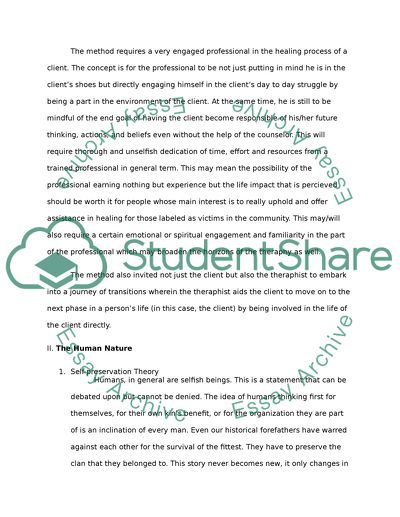Cite this document
(“Incarnational Method Research Paper Example | Topics and Well Written Essays - 2500 words”, n.d.)
Retrieved from https://studentshare.org/psychology/1432178-incarnational-method
Retrieved from https://studentshare.org/psychology/1432178-incarnational-method
(Incarnational Method Research Paper Example | Topics and Well Written Essays - 2500 Words)
https://studentshare.org/psychology/1432178-incarnational-method.
https://studentshare.org/psychology/1432178-incarnational-method.
“Incarnational Method Research Paper Example | Topics and Well Written Essays - 2500 Words”, n.d. https://studentshare.org/psychology/1432178-incarnational-method.


